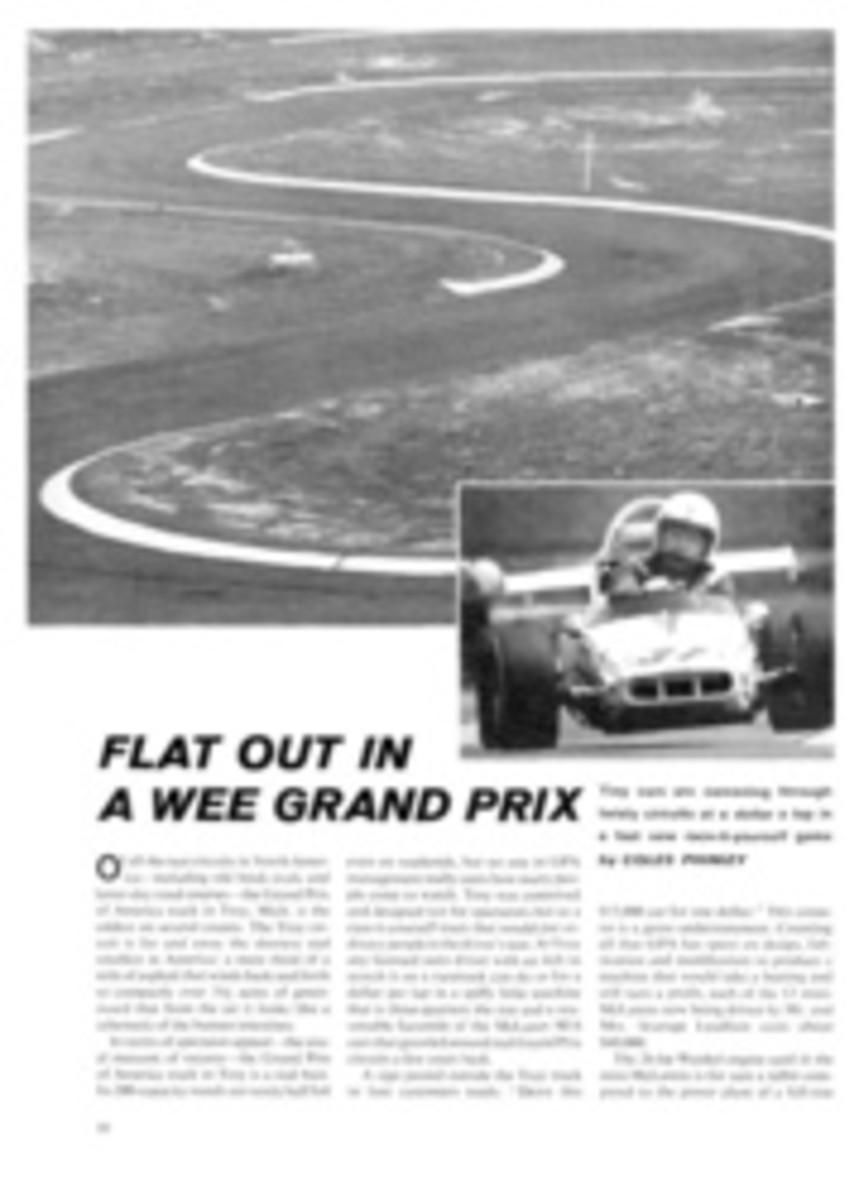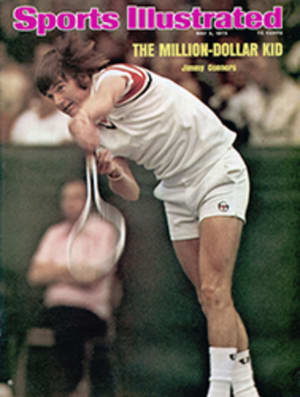
HE NEVER GAMBLED FOR THE GREEN BUT PUT HIS STAMP ON TWO PROFESSIONS
It is impossible to shake a personal philosophy. It has a way of sticking, like the residue from candied dates, to everything one touches. One's method of obtaining success in a vocation will invariably be the same in an avocation.
As a professional golfer during the '30s, Densmore (Denny) Shute was noted for his bulldoglike tenacity. He was one of the greatest match players in the game and according to an opponent, "a mean, brutal fellow [on the links]...the toughest man in the world to beat in a game of golf." Born in Cleveland in 1904 and for years head pro at Akron's Portage Country Club, Shute was one of the PGA's top money winners in 1930 and 1932 ($7,000 and $5,000, respectively) and the last golfer to win the PGA Championship in consecutive years (1936-37). He attributed much of his golfing success to a personal philosophy that he summed up for a reporter in 1937: "I do my best and never let up. I learned never to take a chance."
Shute pursued his lifelong hobby, stamp collecting, with the same tenacity as golf. Through the purchase of thousands of beautiful copies of modestly priced 19th-century United States stamps (whose cost and date of purchase he recorded in careful script underneath each stamp), Shute painstakingly accumulated a collection that, on his death last year, was valued at more than $200,000 by William L. Roscher, vice-president of H.R. Harmer, Inc., the New York-based firm that will auction off the Shute collection May 6-8. Roscher described it as "one of the finest United States collections ever put up for sale."
For Shute, his hobby was the perfect respite from the mental and physical pressures of playing golf. It was a means of investing his golf earnings that was less risky than the stock market (the crash of '29 was fresh in his memory). But most important, he relished the competitiveness of philately.
What is amazing about Shute's collection is not that he amassed it, but that he amassed it despite his modest means and in competition with wealthy collectors whom he could never hope to match dollar for dollar. He circumvented that obstacle by acquiring more knowledge about cancellations, perforations, etc. than his competitors; by being more fastidious than most in his search for the finest copies of even the cheapest stamps; by his dogged, lifelong pursuit of stamps at every stop of the golf tour; and, finally, by limiting his collection for the most part to stamps within his financial range rather than anguishing over expensive ones he might never acquire. His collection contains page after page of neatly mounted copies of choice stamps purchased for a few dollars that today are worth hundreds. If there is one deficiency in the Shute collection, which Roscher described as "a collector's collection, not a millionaire's collection," it is that Shute was unable to shake the philosophy that guided his golf game. He never did take a chance in acquiring major rarities, preferring to buy 20 stamps rather than one. Perusing all those perfect copies one senses that Shute was too cautious in the pursuit of his hobby, that his collection, despite its magnitude, never quite achieved the greatness it could have if only he had been able to take an occasional gamble. It is such a gamble that separates great athletes from merely good ones, and which makes Shute's collection only one of the finest U.S. collections ever formed rather than the finest U.S. collection ever, which it could have been.

